Cascadeo IT Guru On AWS Charge, Tech Layoffs, ChatGPT And Why ‘Old IT World’ Hasn’t Died Off Yet
Cascadeo CTO and President Jared Reimer talks to CRN about its AWS push in 2023, why the “old IT world” hasn’t faded away yet, and how ChatGPT will “eventually be as good as a competent human software developer.”
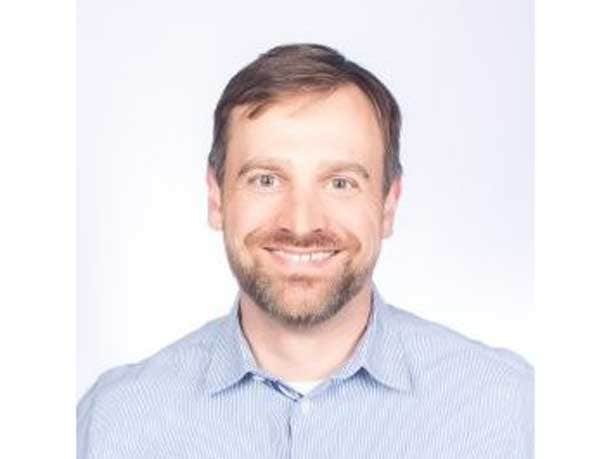
Cascadeo’s longtime leader and technology guru Jared Reimer isn’t worried about the large tech layoffs occurring across the industry because cloud computing is just getting started with hundreds of billions of dollars on the table in 2023.
“If you are a certified experienced cloud architect, cloud engineer, DevOps engineer—the odds that they’re going to lay you off are pretty slim,” said Jared Reimer, founder, president and CTO of Cascadeo. “The people that are getting laid off, typically, are not people that have that skill set. And even if they were, they would get snapped up quickly.”
Reimer said the already massive cloud computing market has yet to take off, which is why Cascadeo is doubling down on Amazon Web Services and skilling up cloud practitioners as quickly as possible.
“It feels like cloud is a fully mature market. But if you zoom way out, we’re actually still in the early adopter phase of it. We haven’t really hit the gigantic hockey stick when there’s an irreversible decline in the sales of conventional IT stuff, and an endless increase in the consumption of cloud services,” said Reimer. “The old IT world hasn’t really started to die off yet.”
[Related: The 100 Coolest Cloud Computing Companies Of 2023]
ChatGPT Will Become ‘As Good As’ A Human Software Developer
Cascadeo is an innovative MSP and AWS Premier Tier Services partner that specializes in cloud migration, AIOps, machine learning and data analytics. The Seattle-based company formed a strategic collaboration agreement with cloud market leader AWS in 2022 to accelerate enterprise and mid-market cloud adoption.
“We continue to support all of the major U.S. cloud hyperscalers, but the bulk of our business today and this year will be AWS-centric. That’s both because of our relationship and also because that’s what the customers generally want to buy,” said Reimer. “For us, this year is really about scaling.”
Reimer, a technology wiz who’s been in the industry for 30 years, is also bullish about the rapid advancements being made in the artificial intelligence arena—such as OpenAI’s ChatGPT and Amazon’s CodeWhisperer.
“ChatGPT will eventually be as good as a competent human software developer,” Reimer said.
In an interview with CRN, Reimer explains the future of the cloud computing market, big investments Cascadeo is making in 2023, and how platform services and SaaS will overtake traditional IT hardware.
“Five years from now, the amount of physical hardware that’s sold to anyone but the hyperscalers will be in a serious state of decline,” he said.

What’s your take on the 40,000 layoffs at Microsoft, Google and Amazon. Do these layoffs impact the cloud computing world?
Do I think that there will be a slowdown in cloud adoption for any of the hyperscalers? No.
Microsoft may or may not have the same ambitious growth targets as AWS, but do I think that anybody in the industry, in any company, believes that it’s going to decline? No. Is it going to flatline? No. It’s still going to grow, it’s just a question of how fast.
I don’t think any of AWS was impacted. I think that was all Amazon in corporate and retail. Maybe that’s just smart because I would guess consumer spending takes a hit as interest rates climb and savings are depleted.
I don’t think that you should read the layoffs at Microsoft as a sign that they’re not going to grow. There are parts of Microsoft that will grow and there are parts of it that may contract. For example, Microsoft’s box software probably is never going to be a growth segment ever again, but SaaS and platform services and Office 365 probably will grow nearly forever.
I don’t want to sound callous, but I don’t think [these layoffs] are abnormal. It’s just shocking because it hasn’t happened in so long. I think people have forgotten that periodically, there are ebbs and flows. The labor force grows, and then the labor force contracts. And then it grows and it contracts. … The organism has to survive and sometimes that means downsizing and sometimes that means scaling up.
Sometimes you have to admit that there are product lines that are in decline or that are no longer in any demand and they’re just sort of sustained engineering and support—like ancient versions of applications that are no longer under development. There’s always going to be a market for selling support around that, but it’s probably not going to be a growth market and your labor force probably will continue to contract.
You have to assume that if you don’t find a way to continue to innovate and disrupt yourself, that you eventually become yesterday’s news.
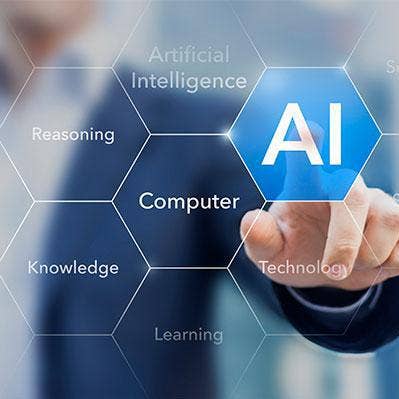
Talk about AI innovation today and how it will evolve the IT industry?
The thing that matters most is the data sets and how do you get the value out of the data set. When you think about the advances in AI, it will soon be possible to extract value from data sets without building anything.
Because the AI tech is getting so good, so fast, that you might not need to ever write applications. You might just need to provide guidance as to what outcome you’re seeking. And then the AI will figure out how to do it by itself.
Look at AWS CodeWhisperer. In a demo during [AWS] re:Invent, someone at AWS typed in a comment about what he wanted to happen. And the AI wrote the source code right in front of us. He did this live on stage. He built an application and ran it in the cloud at scale—he did this in a matter of minutes. There were audible gasps in the audience.
This was before ChatGPT came out. Then there were some really big audible ‘Oh my God’ the world just changed, like the iPhone levels of transformation.
CodeWhisperer is unbelievable. Because you just say, ‘This is the program I want to go.’ It goes, ‘OK. Here’s your source code.’ ChatGPT can do that too.
In ChatGPT you can say, ‘Write me a program that does this in Ruby or whatever programming language I want.’ And it will give you something that’s probably mostly right.
And within a couple of generations, it will be always right. ChatGPT will eventually be as good as a competent human software developer.
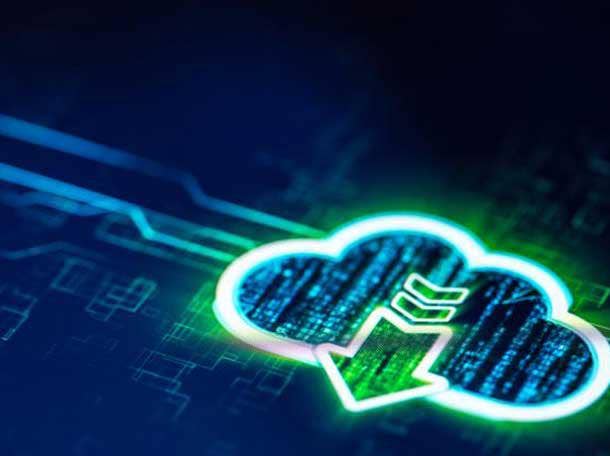
Where is the cloud industry heading and why is the traditional hardware industry still in control?
We’re only at 10 percent adoption of public cloud, so 90 percent of the IT things are still sitting in data centers and racks and Dell servers and things like that. It feels like cloud is a fully mature market. But if you zoom way out, we’re actually still in the early adopter phase of it. We haven’t really hit the gigantic hockey stick when there’s an irreversible decline in the sales of conventional IT stuff, and an endless increase in the consumption of cloud services.
It’s true today that cloud revenue and cloud consumption only ever goes up. But what hasn’t happened yet, is the old IT world hasn’t really started to die off yet.
People are still buying lots of physical hardware and colocation and building large data centers, small data centers—there’s still a huge amount of activity in the old world. It won’t all happen at once.
I think five years from now, the amount of physical hardware that’s sold to anyone but the hyperscalers will be in a serious state of decline.
I would not want to be an equipment manufacturer now and I certainly wouldn’t want to be in five years, because you only have a few customers, and they will have incredible leverage to the point of crushing your margins. This is kind of what happens when you have too much concentration of anything. If there aren’t enough buyers, then the sellers really don’t have any choice but to sell at whatever price the buyer chooses to offer.
The world is going to look very different in five years in terms of the IT revenue picture, where the money goes, how people procure, etc.

Where is the largest opportunity in cloud in 2023 for companies like Cascadeo?
It’s easy to forget that 90 percent of workloads are still not migrated to the cloud. And a lot of the ones that have been migrated were migrated the wrong way.
The easy button was what they called lift and shift: where you take your VMs out of the data center, copy them over the wire, load them into a cloud platform, tinker with them, and get them to boot up and say, ‘Now I’m running in the cloud.’
But as it turns out, that’s not really cloud computing. That’s just hosting. It’s just hosting a VM. It ends up being very, very resource inefficient. It ends up being operationally inefficient. It really gives you none of the benefit of the cloud platform.
It just gets rid of the hardware. And as it turns out, companies are realizing that’s not enough. It turns out to be the most expensive way to use cloud as well. So it’s often not cheaper. That’s when you hear stories of people thinking that they can do it better themselves. That they should move out of public cloud and back into their own data center. Almost always, it’s because they’re using it incorrectly. They’re using it for hosting VMs instead of building on the platforms.
The future is platform oriented. It’s not virtual machinery oriented or container oriented.
We’re pretty bullish about this year despite the recessionary risks, despite interest rates—all that. Because there’s a lot of deferred cloud work to be done. Stuff that didn’t get done in 2020 and 2021, maybe started to get done in 2022—and now the flywheels back up to speed.
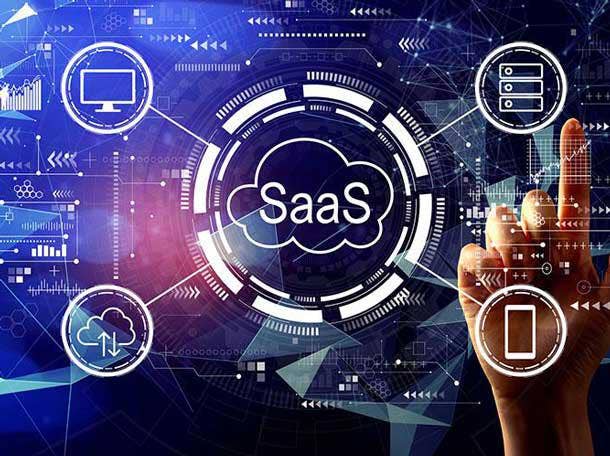
Will cloud platform services and SaaS exceed conventional enterprise box software?
We definitely think that the next few years are going to be high growth years for everybody in the cloud. Platform services have the highest growth rate, by far—double enterprise software.
You can imagine a scenario where someday, platform services and SaaS, in aggregate, equal and then exceed conventional enterprise box software. That day is closer than people might think. Because most net new procurement these days is SaaS or PaaS. SaaS is the default answer.
Here’s what we usually tell customers., ‘If you can buy SaaS from a credible vendor, you should probably do that. If you cannot, and you have to build something yourself, you should pick a cloud platform and build as high up the stack on that platform as you can. If that is not feasible for some reason, then and only then, do you back off to either virtual infrastructure in the cloud, or as a last resort physical infrastructure that you have to personally manage.’
The math for owning and operating your own hardware will keep getting worse over time because the cloud providers have economies of scale that give them a cost advantage that you can never replicate.
Your default buying behavior should be to buy SaaS because what you’re really trying to do is solve some problem. So I think SaaS ultimately eats the world.
For custom applications, platform services ultimately eats the world with serverless being the winner in the long run there.
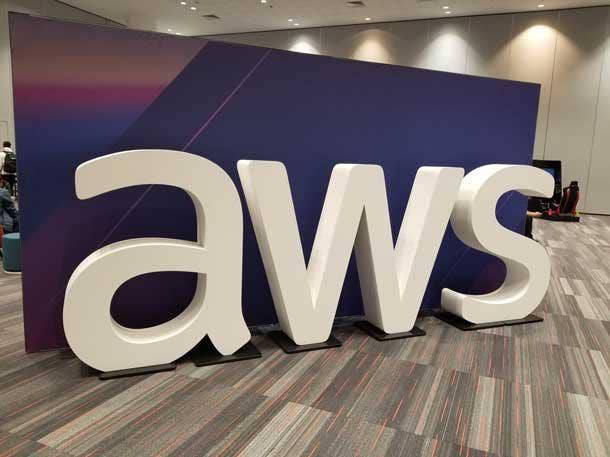
What is your plan to drive AWS adoption and sales in 2023? And what is something new Cascadeo is offering this year?
We are building out some new practice areas for AWS like a full data and analytics department. So that is their whole mission as opposed to analytics being part of a larger cloud implementation. We’re doing a lot of investing around labor force development and around skill certification.
As far as specific strategies for us: This is going to be the first year that Cascadeo offers cloud resale. Historically, we have not offered resale of any sort. We’re now offering that more because customers seem to want single vendors, single throat to choke, discounting, etc., what have you.
So for the first time, we not only offer managed services and professional services, but we also offer cloud resale. And of course, we have our software platform Cascadeo.io that we’ve built over the last four or five years that is the heart and soul and brain of the organization. We continue to invest heavily in that.
Also, we are really built out the best sales and marketing infrastructure we’ve ever had. For the first time, we have our own team that thinks through and develops the whole set of brand identity, materials content, etc.
We continue to support all of the major U.S. cloud hyperscalers, but the bulk of our business today and this year will be AWS-centric. That’s both because of our relationship and also because that’s what the customers generally want to buy.
For us, this year is really about scaling. It’s scaling content delivery around marketing, communications and scaling our labor force. It’s scaling our certifications and all these different service delivery designations. It’s really how do we get the company to the next level.